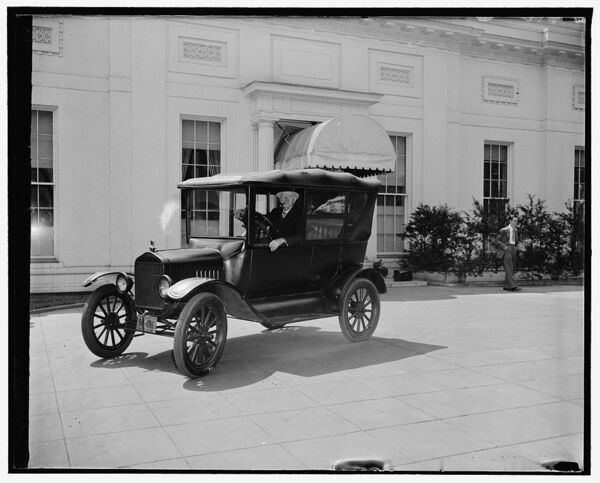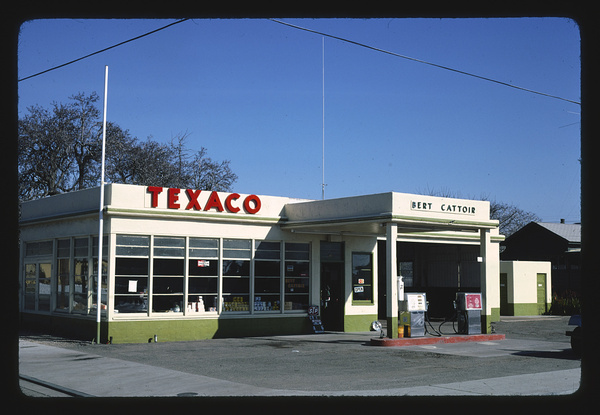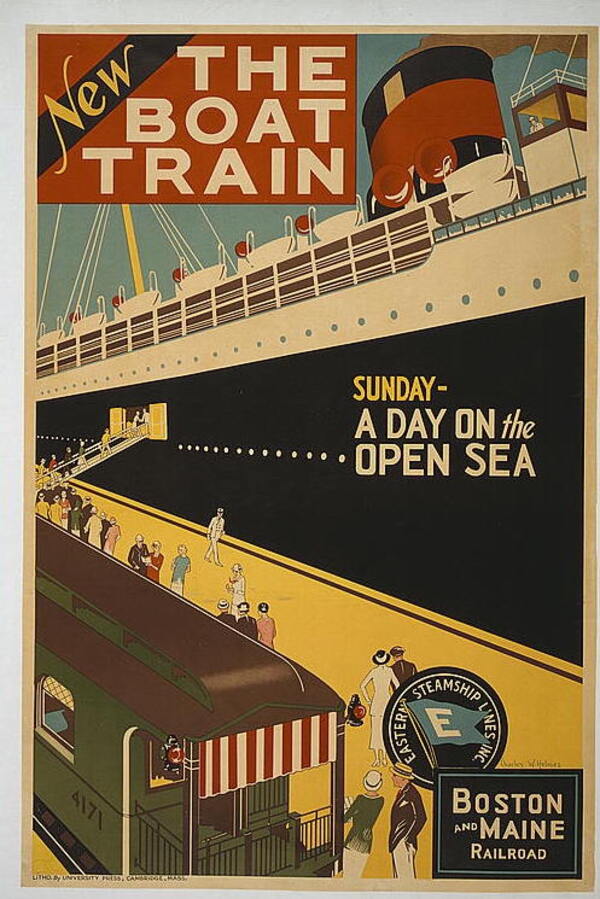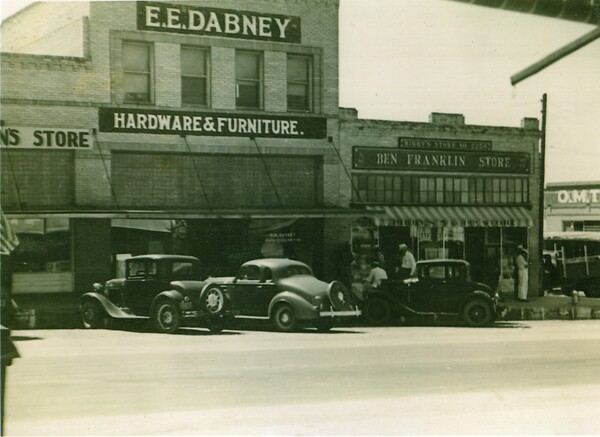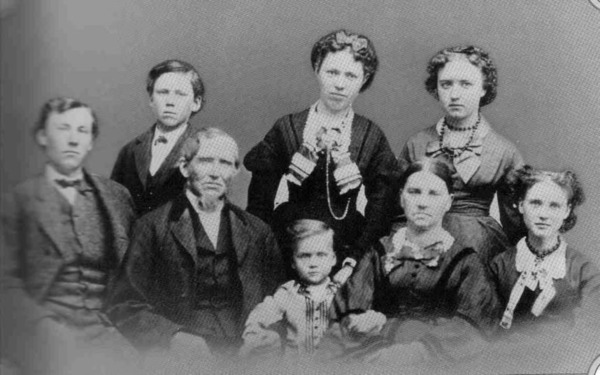In early 1903, the Lumiere brothers of France patented a new photographic process called Autochrome. Once it was made available to the public in 1907, a young man named John Cimon Warburg began experimenting with the process and produced some of the best early examples. The Autochrome process was incredibly complex, however. Not only did it require much longer exposure times than black-and-white photos, but it also involved producing a color transparency using dyed potato starch grains.
The result of the early prints were hazy, blurred images filled with dots of color and soft lines. This gave them a dream-like appearance, as you will see below. (All photos credited to John Cimon Warburg via the Royal Photographic Society)
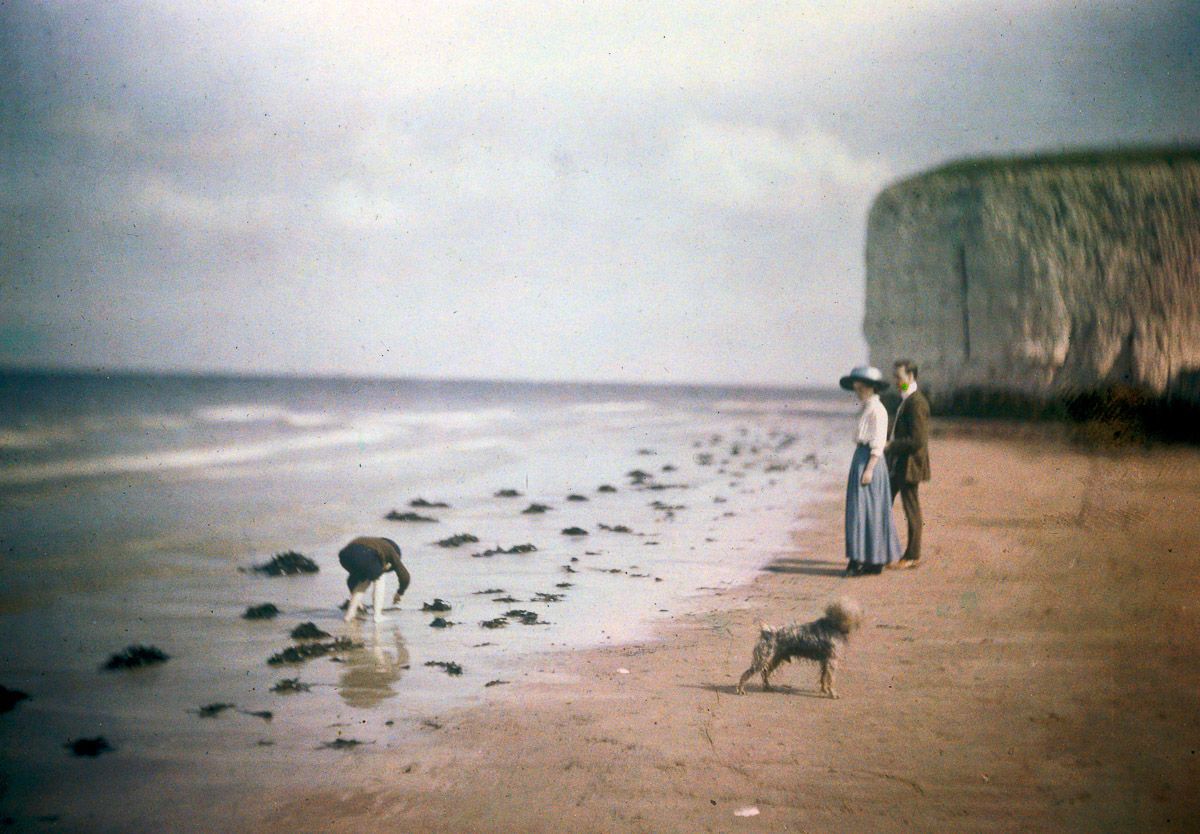
1915 "Margate beach, blue girl."

1915 "Saltburn Sands."
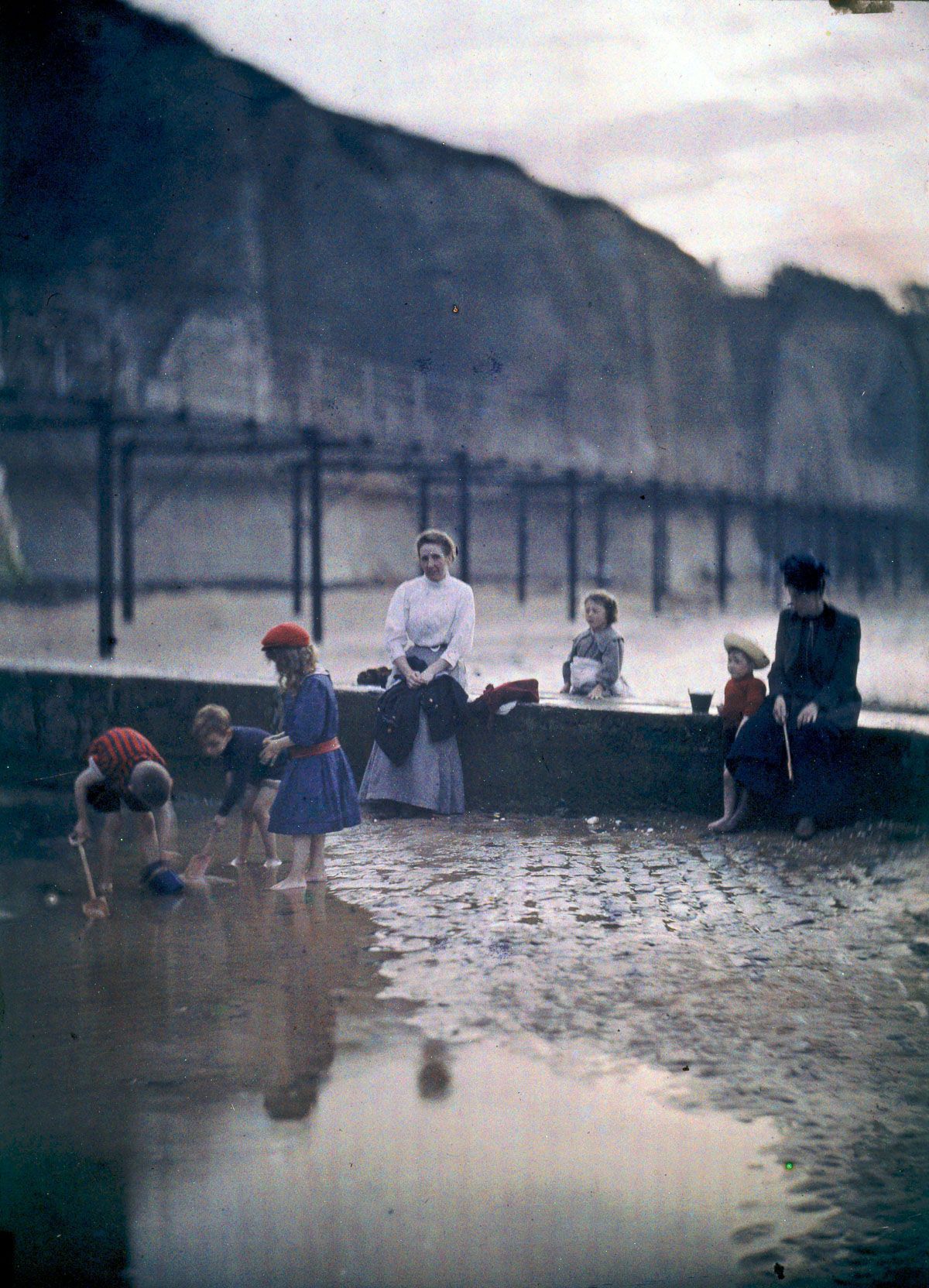
1908 "Children by the breakwater."
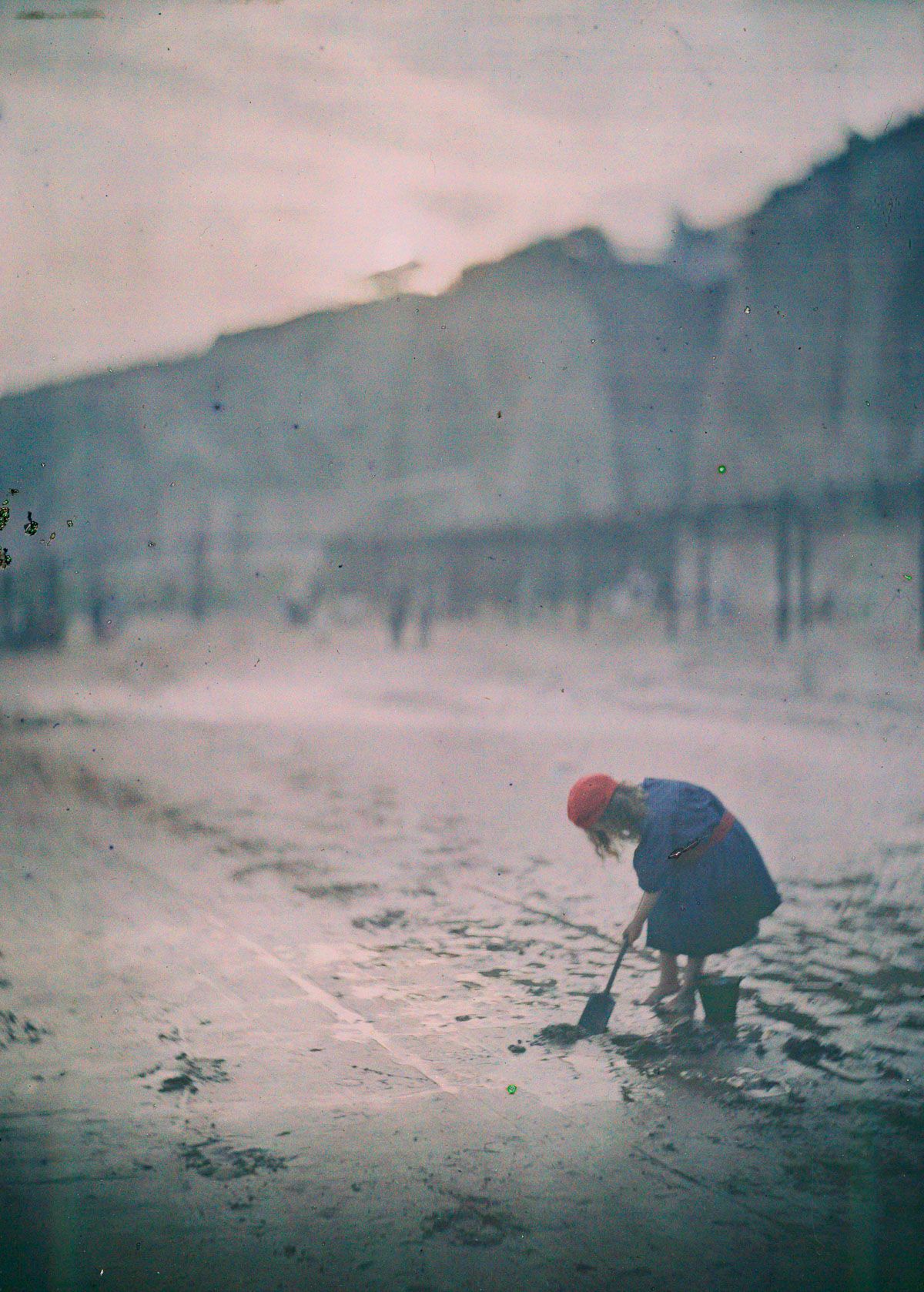
1910 "The last digger."
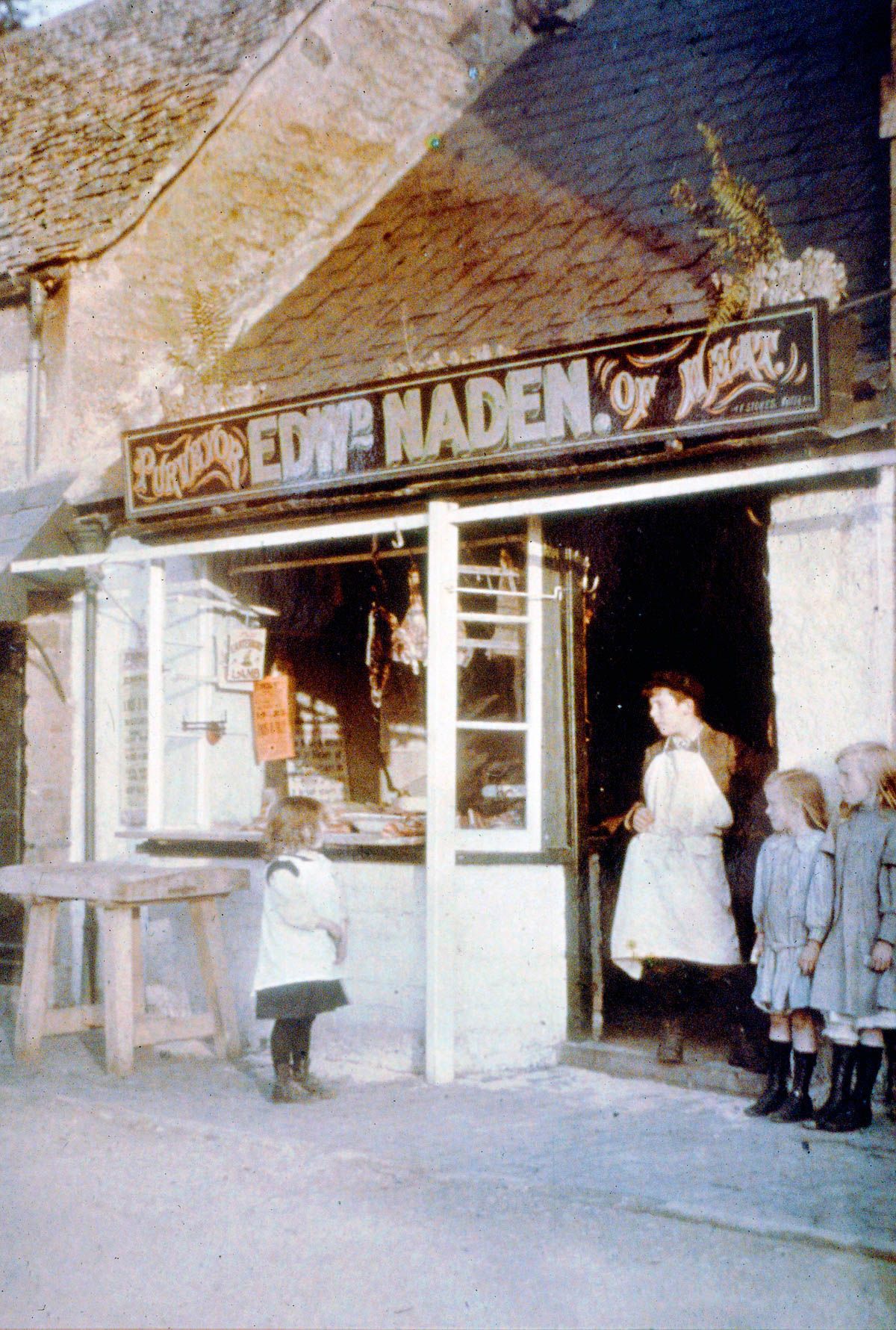
1915 "A small customer."
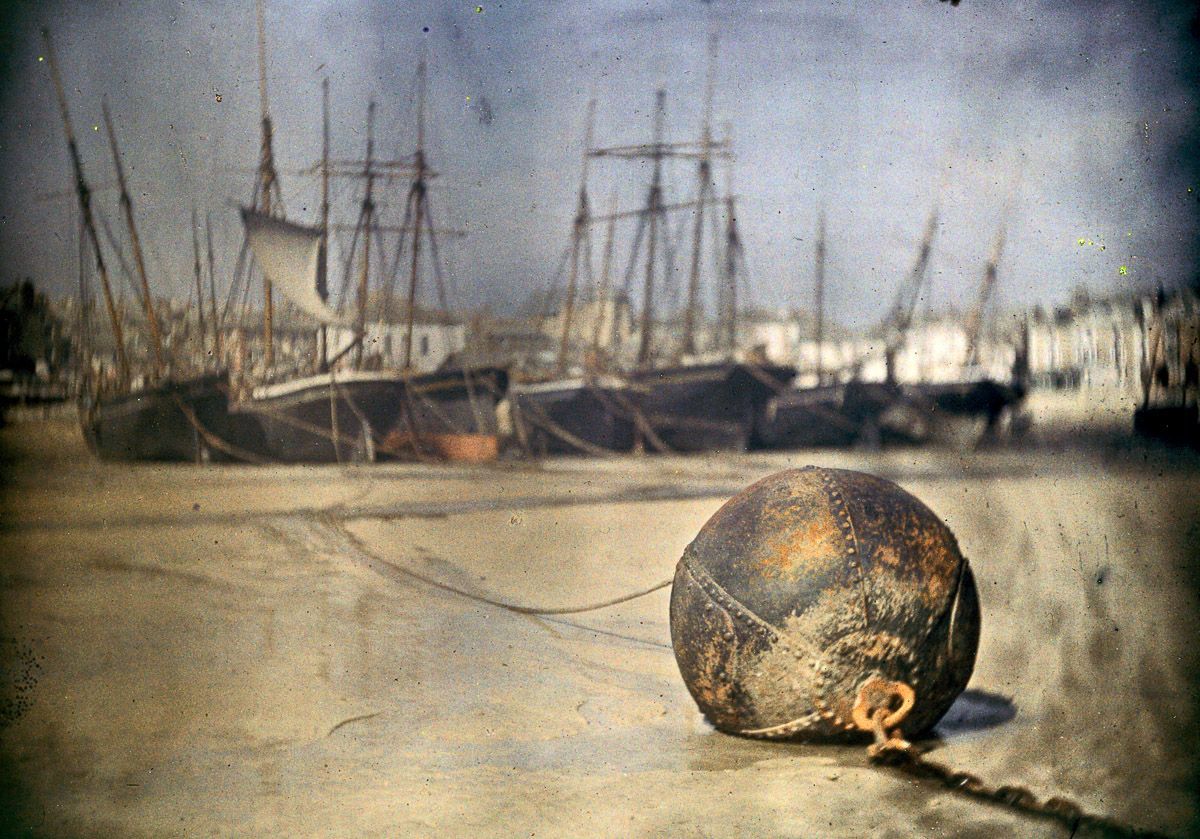
1908 "A rusty buoy."
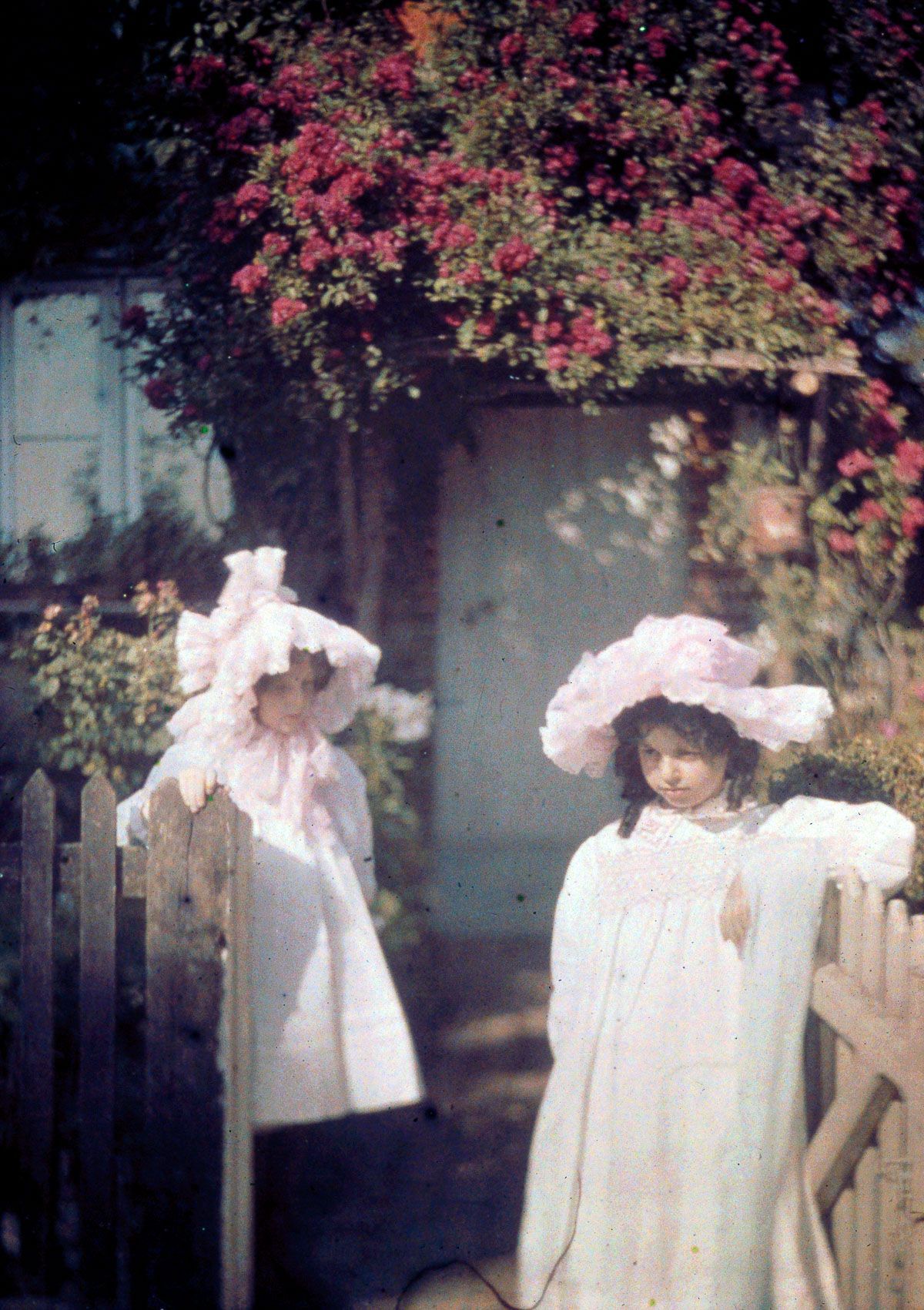
1915 "Two girls at the gate."

1915 "Staithes Harbor."
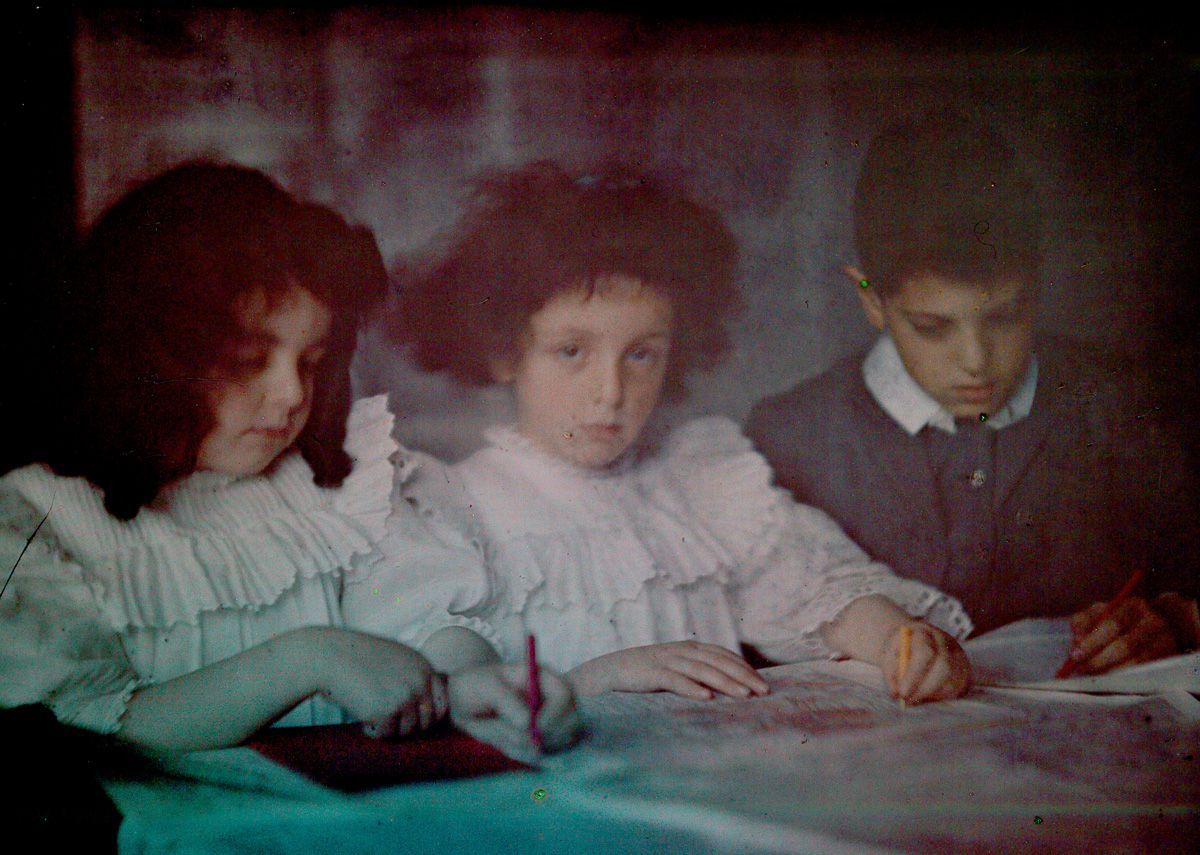
1915 "Children drawing."

1910 "On the sands."
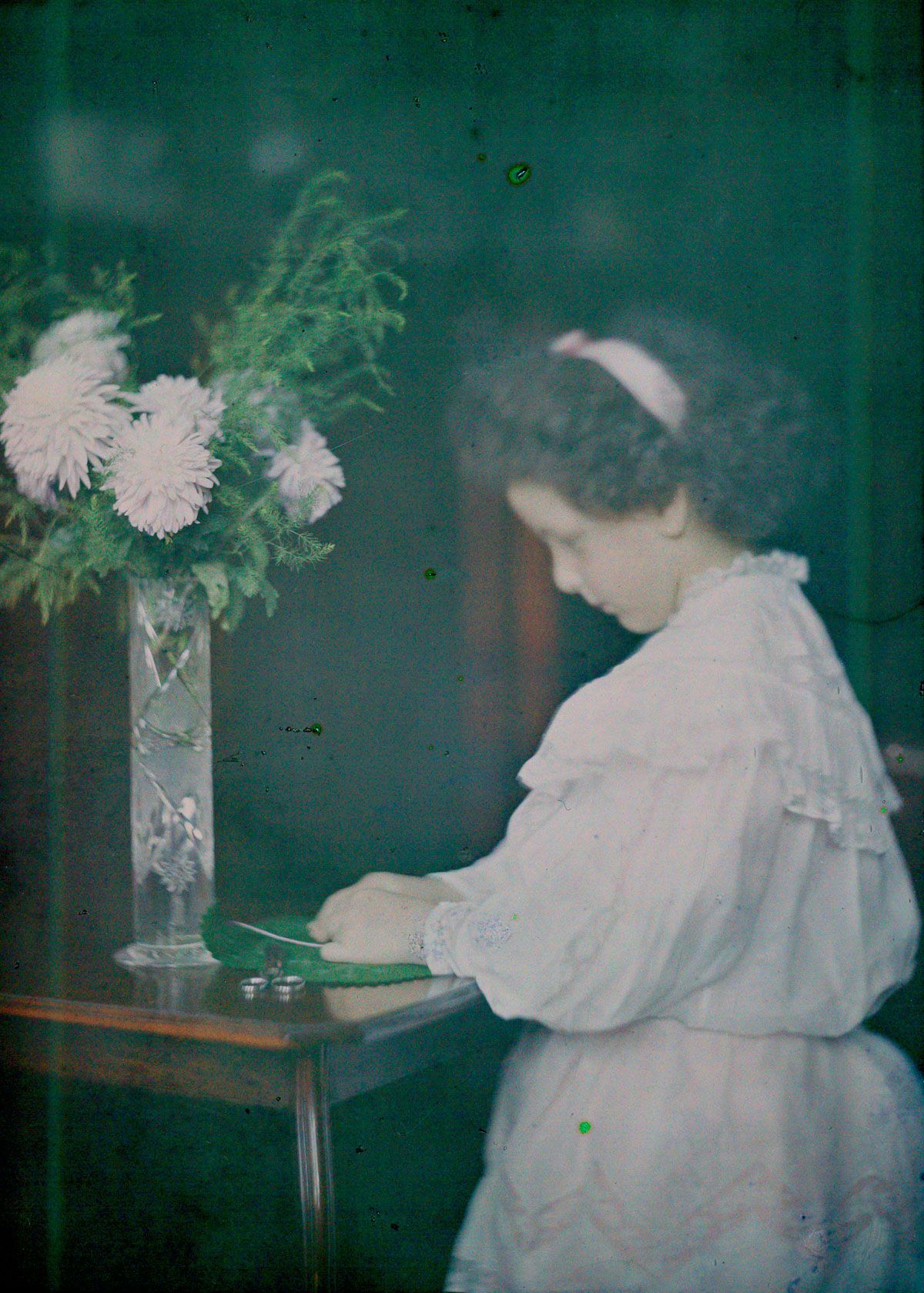
1909 "The green mat."
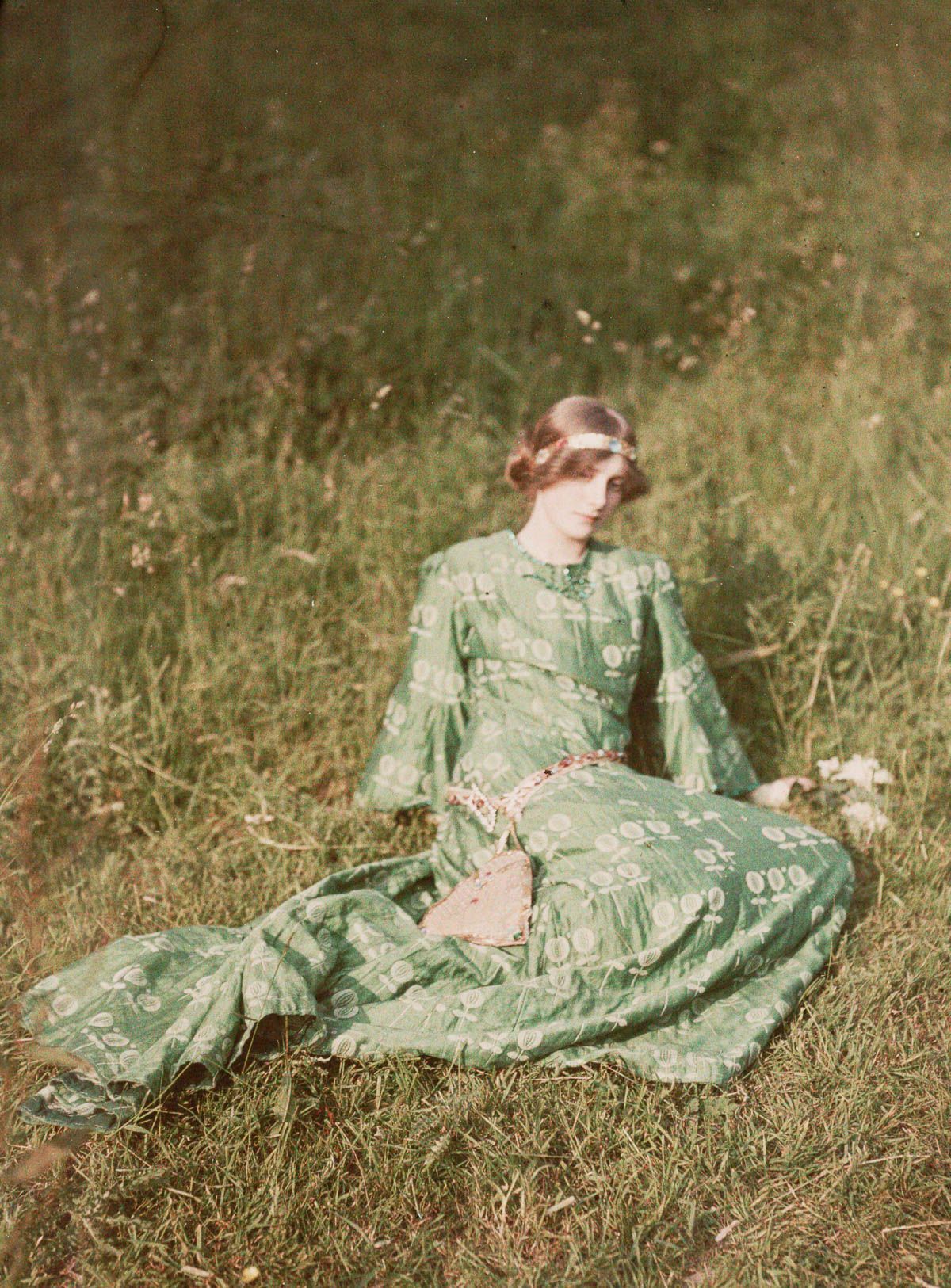
1909 "Daydreams."
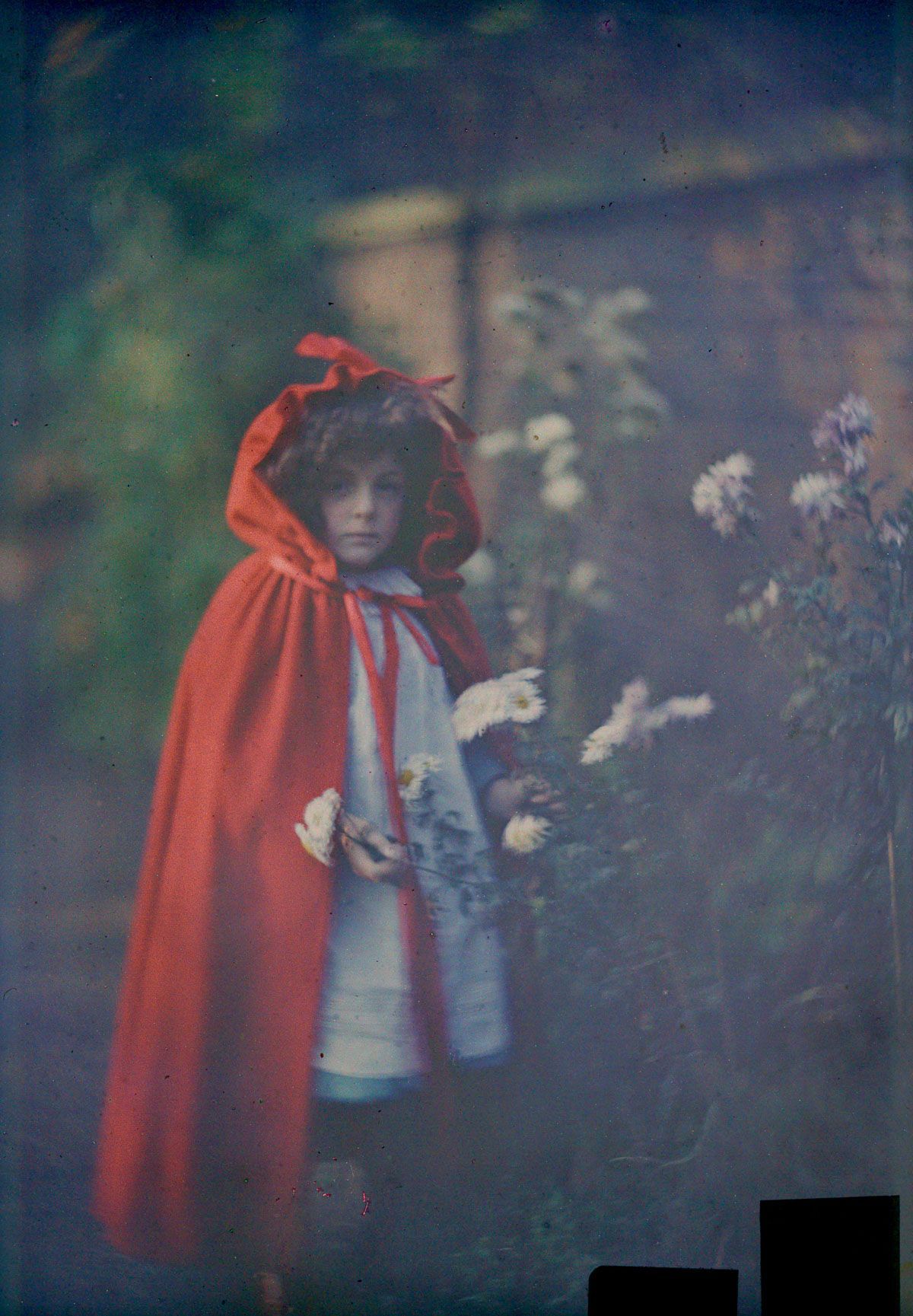
1907 "Joan in Red Riding Hood cape with basket."
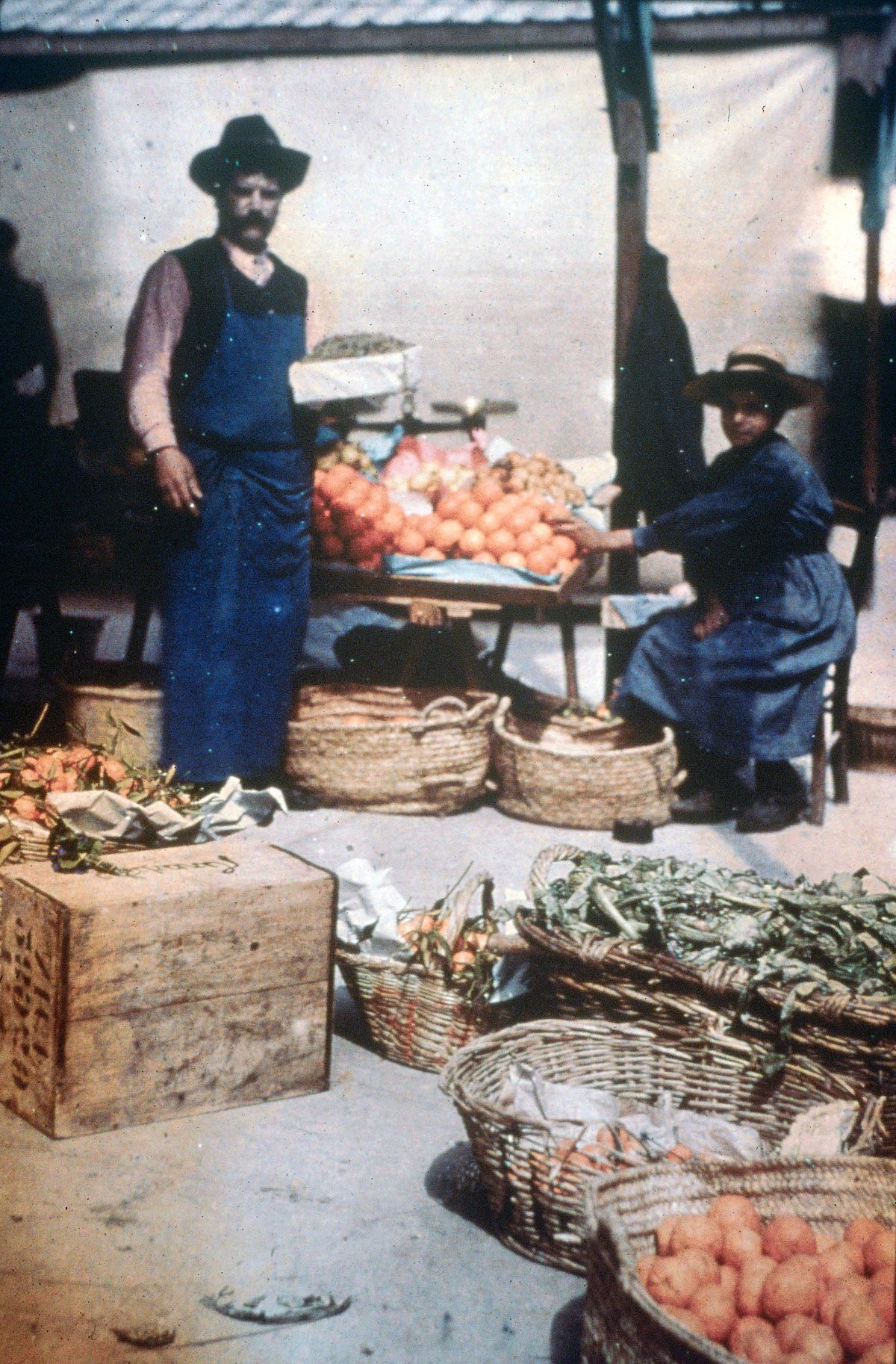
1908 "The orange stall."

1915 "Cow on Saltburn sands."
If you liked this story, hit the "Share" button below to pass it on to friends...
Next Article
